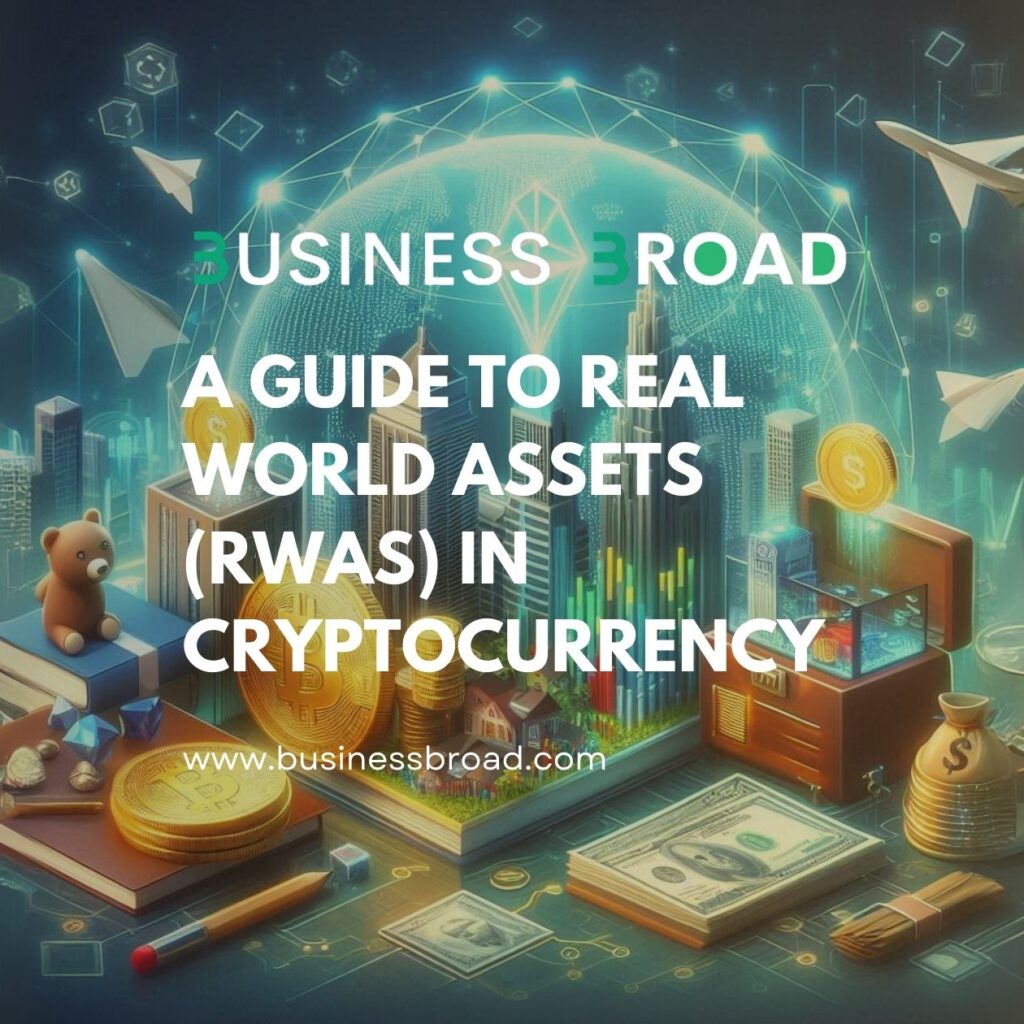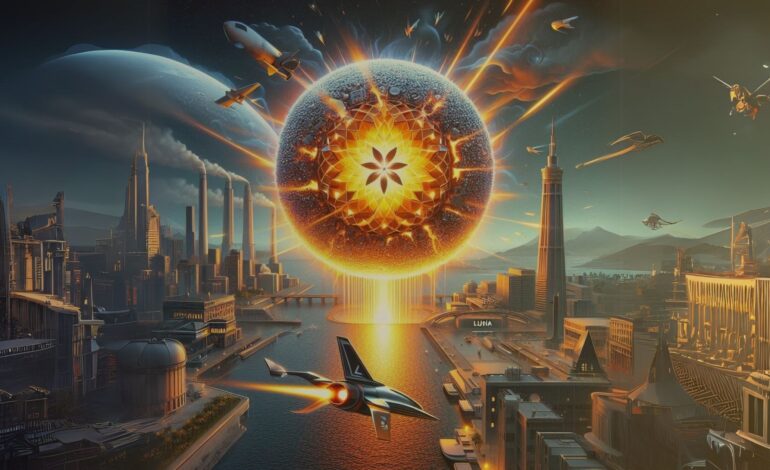In the ever-evolving landscape of blockchain and decentralized finance (DeFi), real-world assets (RWAs) are making waves. These tokenized representations of physical assets bridge the gap between traditional finance and the digital realm. Whether it’s real estate, fine art, or commodities, RWAs offer exciting opportunities for investors and enthusiasts alike. In this guide, we’ll delve into the intricacies of RWAs, explore their benefits, and navigate the challenges they present. Buckle up as we embark on a journey through the fascinating world of RWAs!

What Are Real-World Assets (RWAs)?
Digital tokens on the blockchain, known as tokenized real-world assets (RWAs), represent physical and traditional financial assets. These assets include cash, commodities, stocks, bonds, credit, art, and intellectual property. By tokenizing RWAs, we transform them into digital representations, enabling new possibilities for both financial services and non-financial applications supported by cryptography and decentralized agreements.
How RWAs Work
Understanding RWAs within the realm of Decentralized Finance (DeFi) involves three key stages:
- Off-chain formalization: This initial step establishes the value, ownership details, and legal status of the real-world asset. It determines the approximate value of the RWA before its integration into a digital ledger.
- Linking information: After off-chain formalization, the asset undergoes tokenization. Its information is translated into a digital token, including metadata such as value and ownership details. Blockchain technology ensures transparency and authenticity.
- Supply and Demand for the RWA Protocol: DeFi protocols specializing in RWAs facilitate supply and demand dynamics. They create new RWAs and incentivize investors to buy and trade these assets within the decentralized ecosystem.
How Can Investors Participate In RWA Markets?
Investors can participate in Real World Asset (RWA) markets through several avenues:
- Security Tokens: Security tokens represent ownership in real-world assets, such as real estate, company shares, or debt instruments. These tokens comply with regulatory frameworks and provide investors with fractional ownership. To participate, investors can buy security tokens on compliant platforms.
- DeFi Platforms: Some decentralized finance (DeFi) platforms offer RWA exposure. These platforms tokenize assets like real estate, art, or commodities. Investors can provide liquidity, stake tokens, or participate in yield farming to earn rewards.
- Tokenized Funds: Investment funds tokenize a portfolio of RWAs. Investors can buy shares in these funds, gaining exposure to a diversified basket of assets. These funds may focus on specific sectors (e.g., real estate, art, or venture capital).
- Real Estate Crowdfunding: Crowdfunding platforms allow investors to pool funds for real estate projects. These platforms tokenize property ownership, enabling fractional investment. Investors receive returns based on rental income or property appreciation.
- Peer-to-Peer Lending: Some platforms facilitate loans backed by RWAs. Investors can lend directly to borrowers, earning interest. Collateralized loans reduce risk, as borrowers pledge assets like real estate or art.
- Staking and Governance: Some RWA projects involve staking tokens to participate in governance decisions. Investors can vote on asset management, upgrades, and protocol changes.
What Are The Risks Associated With Investing In RWAs?
Investing in Real World Assets (RWAs) carries both potential benefits and risks. Here are some key risks to consider:
- Market Risk: RWAs are subject to market fluctuations. Economic conditions, supply and demand dynamics, and investor sentiment can impact asset prices.
- Liquidity Risk: Some tokenized RWAs may lack liquidity, especially if they represent illiquid assets like real estate or private equity. Investors might struggle to sell their tokens quickly.
- Regulatory Risk: RWAs must comply with local regulations. Changes in laws or regulatory uncertainty can affect tokenized assets. Regulatory clarity is essential for investor confidence.
- Counterparty Risk: When investing through platforms or funds, you rely on third parties. Assess the credibility and security of these intermediaries.
- Valuation Risk: Determining the true value of an RWA can be challenging. Token prices may not always reflect the underlying asset’s fundamentals.
- Security Risk: Blockchain networks can face security vulnerabilities, hacks, or smart contract bugs. Ensure you use secure wallets and platforms.
- Operational Risk: Platforms managing RWAs may face operational issues, downtime, or technical glitches. Research platform reliability.
- Diversification Risk: Concentrating investments in a single RWA or asset class increases risk. Diversify across different RWAs and sectors.
- Currency Risk: If you invest in RWAs denominated in cryptocurrencies, you’re exposed to crypto price volatility.
- Exit Strategy Risk: Consider how you’ll exit your investment. Selling RWAs might involve legal processes or platform-specific requirements.
What Are The Tax Implications Of Holding Tokenized Assets?
Tax implications of holding tokenized assets can be complex and vary depending on the jurisdiction and the specific type of asset. Here are some key points to consider:
- Valuation Challenges: Accurately valuing tokenized assets, especially unique or rare items like collectibles, can be challenging. The lack of standardized valuation methods may impact tax reporting.
- Unclear Tax Rules: Tax regulations for tokenized assets are still evolving. Different countries have varying requirements, and clarity is essential. Seek professional advice to navigate this complexity.
- Reporting Challenges: Selling or trading tokenized assets may trigger tax reporting obligations. Keep detailed records of transactions to comply with tax laws.
- State and Local Taxes: Tokenization can obscure ownership and transfers, potentially benefiting asset owners while eroding state and local tax bases. Be aware of local tax implications
As we conclude our exploration of RWAs, it’s evident that these tokenized assets are reshaping the financial landscape. From fractional ownership to increased liquidity, RWAs offer a glimpse into a future where traditional and digital assets coexist seamlessly. Whether you’re an investor, a technologist, or simply curious about the intersection of blockchain and real-world value, keep an eye on RWAs—they’re here to stay!




